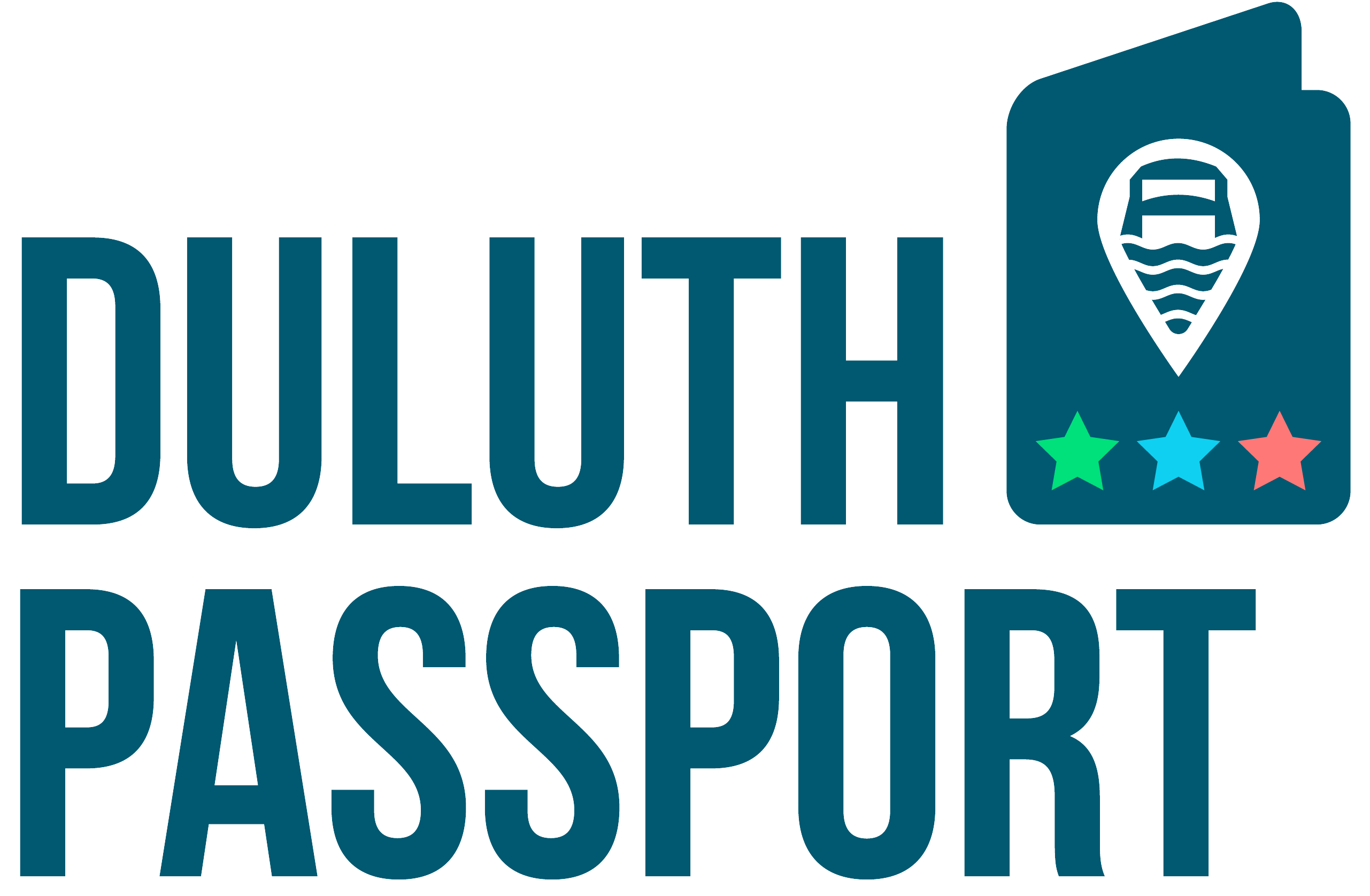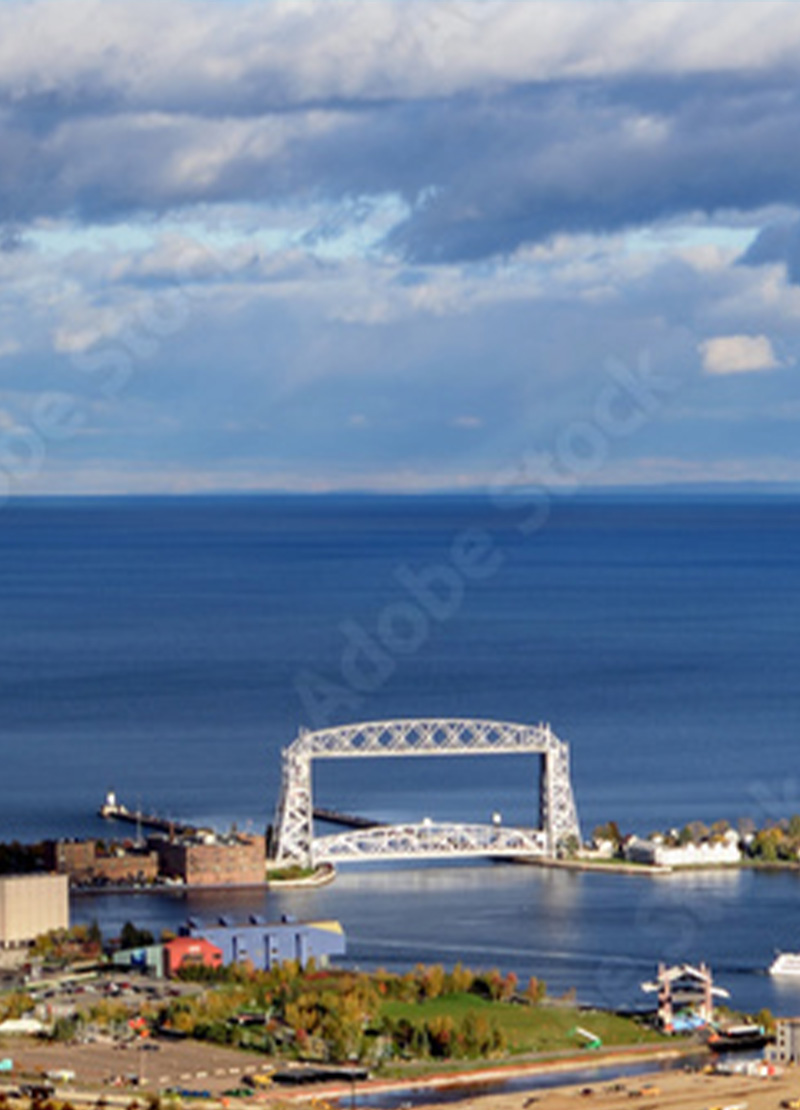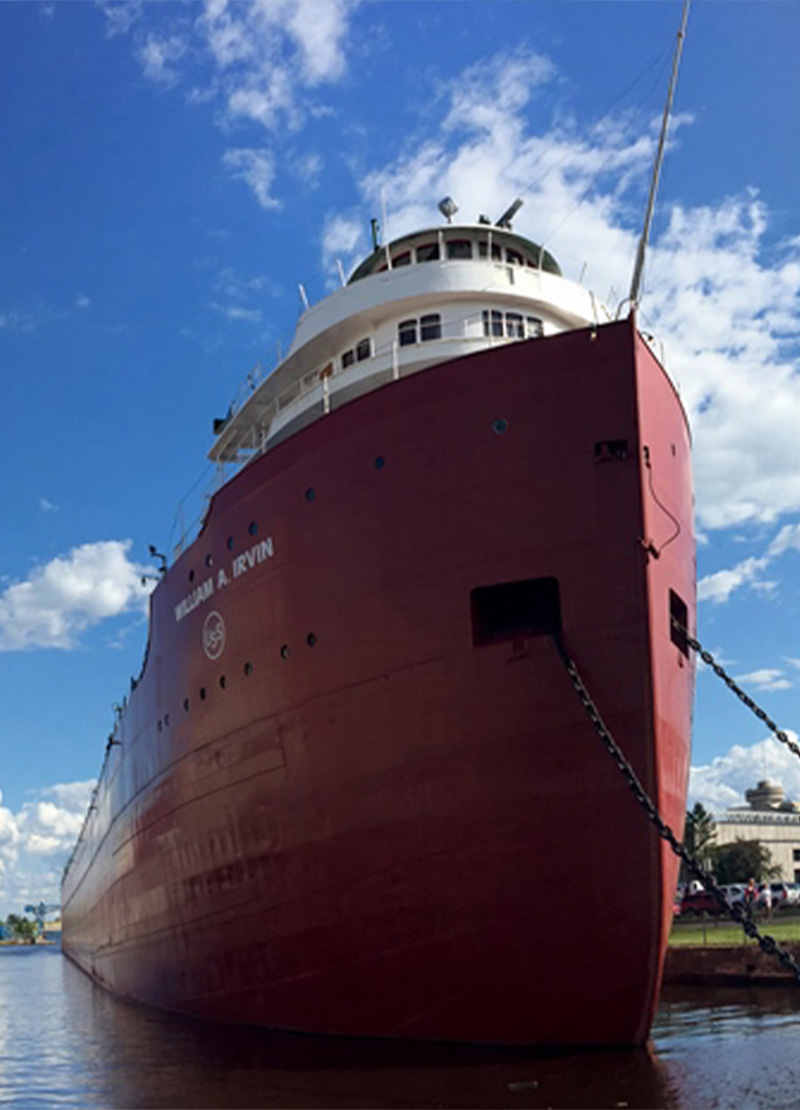DISCOVER DULUTH
Duluth, a four-season city with 11,000 acres of green space alongside the greatest lake in the world. Over the years, Duluth has become a major attraction for visitors from all over the world. Duluth hosts many special events all year long, has hundreds of fantastic shops, and many great attractions, making it a perfect family destination for kids of all ages!
The Irvin, North Shore Scenic Railroad, and Great Lakes Aquarium are Duluth’s premiere attractions, all located in the heart of the city. The Duluth Pass is a great way for you to take the “hard work” out of your visit, with a pass for all 3 attractions that is by far the cheapest way to see everything you need to see!
OVERVIEW
A BRIEF HISTORY
The following information about Duluth is from wikipedia.org
Duluth Listeni/dəˈluːθ/ is a seaport city in the U.S. state of Minnesota and is the county seat of Saint Louis County. The fourth-largest city in Minnesota, Duluth had a population of 86,265 in the 2010 census.[6] Duluth is the second-largest city on Lake Superior’s shores, after Thunder Bay, Ontario, and has the largest metropolitan area on the lake. The Duluth MSA had a population of 279,771 in 2010, the second-largest in Minnesota. The combined urban population of Duluth and its adjacent communities — including Proctor, Hermantown, and Superior, Wisconsin — totals over 131,000, based on 2010 census figures.
Situated at the westernmost point of the Great Lakes on the north shore of Lake Superior, Duluth is accessible to oceangoing vessels from the Atlantic Ocean 2,300 miles (3,700 km) away via the Great Lakes Waterway and the Saint Lawrence Seaway.[7] Lake Superior is generally considered the largest freshwater lake in the world by surface area.
Duluth forms a metropolitan area with Superior called the Twin Ports. The cities share the Duluth–Superior harbor and together are the Great Lakes’ largest port transporting coal, iron ore (taconite), and grain. A tourist destination for the Midwest, Duluth features America’s only all-freshwater aquarium, the Great Lakes Aquarium; the Aerial Lift Bridge, which spans the Duluth Ship Canal into the Duluth–Superior Harbor; and Minnesota Point (known locally as Park Point), one of the world’s longest freshwater baymouth bars, spanning 6 miles (9.7 km).[8] The city is also the starting point for vehicle trips along Minnesota’s North Shore.[9]
The city is named for Daniel Greysolon, Sieur du Lhut, the first known European explorer of the area.
LAKE FACTS
Lake Superior is 350 miles long and 160 miles wide! It holds over half the water in the Great Lakes system. It is the largest, deepest, coldest and cleanest of the 5 great lakes. It is the largest inland body of water by surface area anywhere in the world. Russia’s Lake Baikal (pronounced-Bi-call) is the largest by volume.
The water contained in Lake Superior could cover the entire North American Continent in an average depth of 3 feet of water. The Empire State Building could stand at the deepest point and still be covered by 100 feet of very cold water. The average temperature of the lake is 40 degrees Fahrenheit, and the best time to go swimming believe it or not is in September. The reason being the heat from the summer months warms it up to the comfortable temperature. There are several good swimming places in Duluth including Park Point Beach located across the Areal Lift Bridge.
Lake Superior is also the resting place of more than 350 ship wrecks the most famous being the Edmund Fitzgerald, in 1975.
During the shipping season ocean going vessels also come to Duluth. Some will be anchored out in the lake for a period of time waiting for a dock or a specific cargo to arrive in the port. They come across the Atlantic ocean, enter the St. Lawrence seaway in New York, and travel through the Great Lakes and arrive here in Duluth-Superior.
Have questions before your visit?
Whether you have questions about places to stay, things to do, or how our Duluth pass works, you can send us a message below and we’ll respond to you shortly!
Save with our attractions pass, or we will refund the difference. That’s our savings guarantee!
Pick Your Pass
Most Popular
All Attractions







